I also talk about age-appropriate ways to build Letter Knowledge in my Shapes and Colors Storytimes.
OPENING SONG: Hello Song*
OPENING FINGERPLAY: Open Them Shut Them*
BOOK: Chicka Chicka ABC by MARTIN, Jr
This is the board book version, that ends with the letters falling out of the tree.

GUESSING GAME: Coconut Shapes
For this activity I made a Chicka Chicka Tree for my flannelboard, and then made three squares, three triangles, and three circles. I said, “Look, here’s our coconut tree! We need to find some coconuts for it. Coconuts are round…Are THESE coconuts?” I put all 3 squares on the tree and let the little ones look at them, then answered my own question (actually, the moms and dad answered me too, so we were all saying, “Nooooooo….” together; very fun), “No! These are squares! They have straight sides and four corners. Let’s try again! Are THESE coconuts?” etc. We did wind up with 3 round coconuts on the tree at last. Whew!
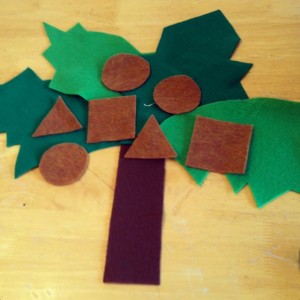
LITERACY TIP: Talking
Parents, these little ones are too small to worry about learning letters yet, but one thing we can do to help them get ready is to talk about shapes. Being able to tell shapes apart is the same skill as being able to tell letters apart. So talk to your baby about shapes, and ask them questions about shapes even though they can’t quite answer you yet. You’ll be getting them ready to read!
FLANNEL SONG: Coconut Song
OK. This is the story about this song: This is a song I learned off a Free Hot Lunch CD. They were a bar band in the midwest in the 80s and most of their songs are goofy and fun and really not at all appropriate for baby storytime. However! One of the songs they sing is the Coconut Song, and it is actually a very sweet lullaby. I sang it to my daughters when they were babies, and I love it so much I finally had to sing it in storytime, too. The song has 3 verses and a chorus after each verse, but to shorten it up I just sang the verses. I think in the original song the monkey is a “he” but I changed it into a “she” when I was singing to my girls. Also, for these pictures, I forgot to show the coconuts on the ground instead of in the tree in the second picture!
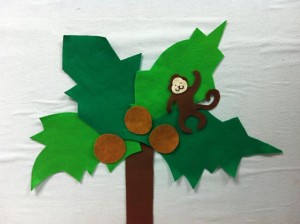

How many nuts in the coconut tree?
How many nuts in the coconut tree?
Well the monkey climbs up so she can see
How many nuts in the coconut treeSo the monkey climbed up the coconut tree
The monkey climbed up the coconut tree
And she threw down the coconuts so she could see
How many nuts in the coconut treeSo the monkey counts in the coconut tree
The monkey counts in the coconut tree
And she falls asleep counting one two three
Up in the top of the coconut tree
FLANNEL SONG: A Hunting We Will Go*
Today we used fish/dish, mouse/house, hen/pen, and sheep/Jeep
BOOK: S is for Storytime by ME!
This is a homemade big book that I put together specifically so I could tell the parents that it’s OK not to read an entire ABC book to your young toddler…just choose a few letters and skip around.
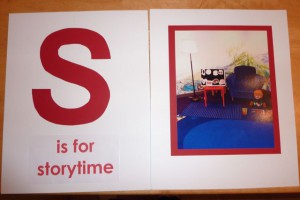
SONG: ABC Song
We sang our ABCs two ways: To the traditional “Twinkle Twinkle Little Star” tune, as well as to “Mary Had a Little Lamb.”
BOUNCE: Great A Little A
Bounce baby on your knees!
Great A, little a, bouncing B
Cat’s in the cupboard, and can’t see me!
ACTION RHYME: This is Big Big Big*
CLOSING SONG: Sneeze Game*
*Check out the My Baby Storytime page for the words and/or citations for these weekly activities!


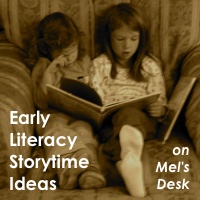
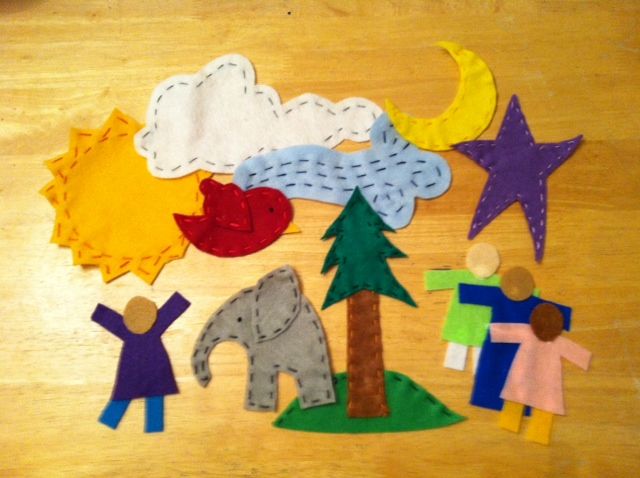





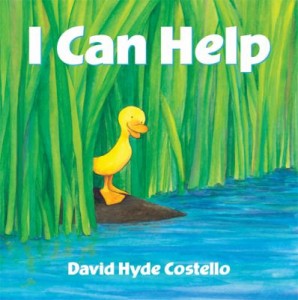
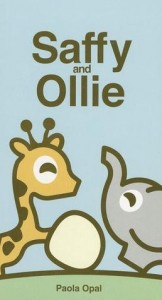
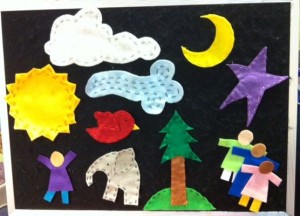
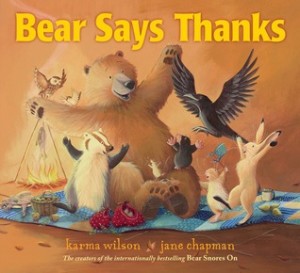

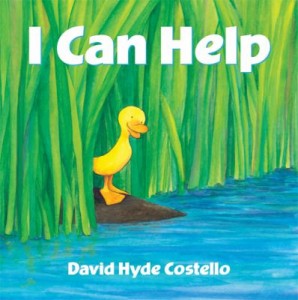
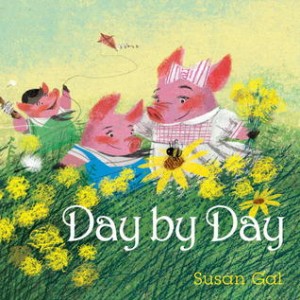
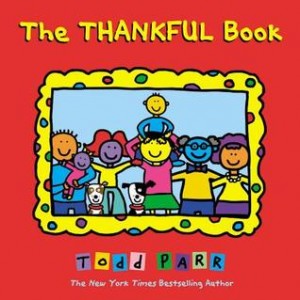
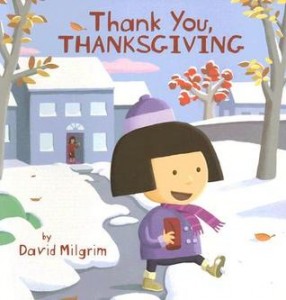

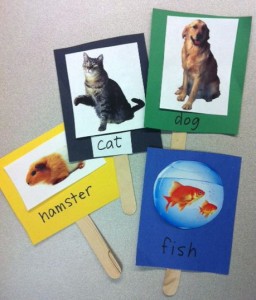
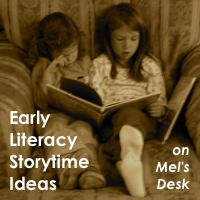
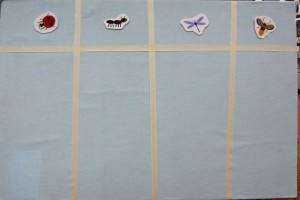
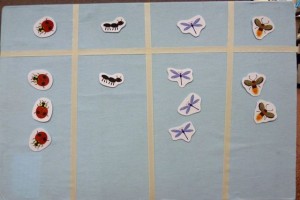

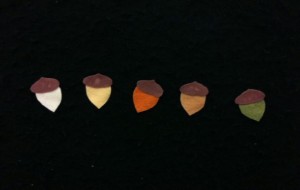
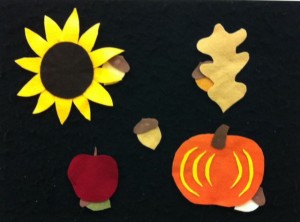
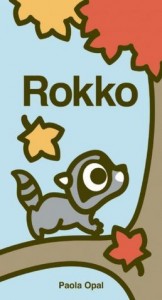
.jpg)
